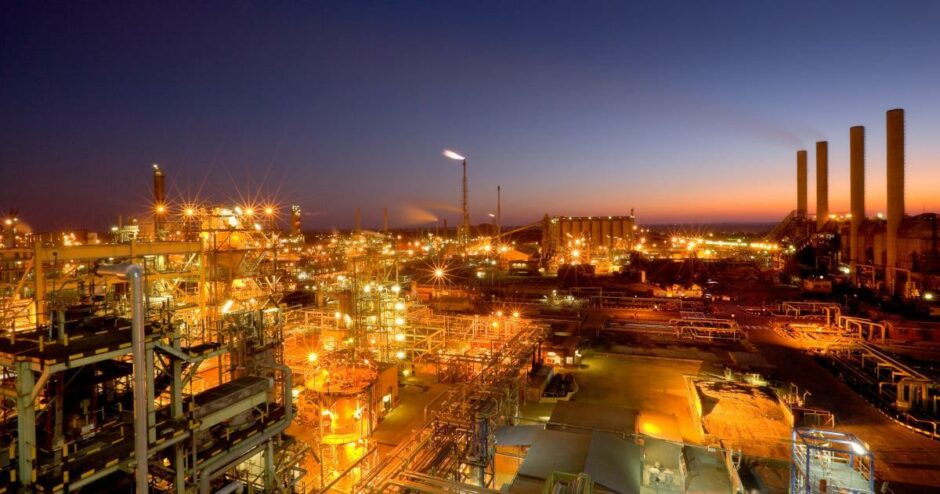
Floods in KwaZulu-Natal have disrupted some of Sasol’s chemical exports, the company has said, while reaffirming its hedging plans.
Publishing its performance and sales metrics for the nine months ending on March 31, Sasol said it had been unable to determine the full impact of rainfall and floods in the southeastern province.
It did note, though, that it had been forced to declare force majeure on “certain chemical” product exports. The current quarter will suffer as a result of “infrastructure damage, duration of the recovery and restoration of key infrastructure and utilities”.
Sasol said it was monitoring the situation and providing support.
The company did not shed much light on the particulars of the damage. It did note that production at some parts of its Sasolburg operations had suffered as a result of damage to the Sasolburg-Durban rail link.
Even before the floods, Sasol had warned of supply chain delays as a result of Transet problems and congestion at the ports of Durban and Richards Bay.
A storm on April 11-13 caused substantial damage to KZN. The most recent figure has reported 435 dead and widespread property damage.
Province head Sihle Zikalala described the floods as “the greatest disaster in the life of our country”. The official Durban had seen a “remarkable increase” in electricity faults.
Officials have warned that any additional rain would extend disruption.
Hedging
Sasol also said it had made progress in cutting its debt. However, leverage is still above target levels, while volatility and “unprecedented uncertainty” remain concerns.
As such, it said, the company has kept its hedging strategy in place. It has cut its coverage from 69% in the 2022 financial year to around 40% in 2023. In 2023, the company has 7.3 million barrels hedged in the first three quarters, falling to 3 million barrels for the last quarter.
Hedging covers 80% of Sasol’s synthetic crude and 90% of its production from the Oryx gas-to-liquids (GLT) plant.
Sasol is using zero cost collars to provide protection below $63.03 per barrel, with a high cap of $91.62. As leverage falls, Sasol plans to cut its hedging.
Sasol has also suffered as a result of power problems. The company reported an “Eskom-related emergency” in January, coupled with hydrogen supply constraints at Sasolburg, is expected to cut Natref production to 550-570 cubic metres per hour. It had previously guided to 560-590 cubic metres per hour.

 © Supplied by Sihle Zikalala, ANC
© Supplied by Sihle Zikalala, ANC